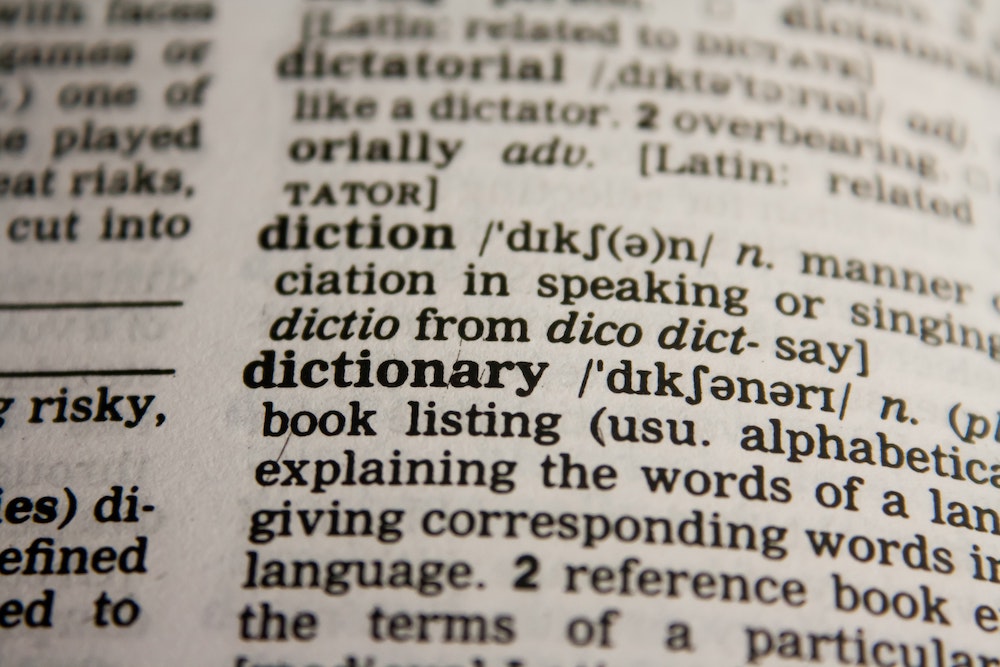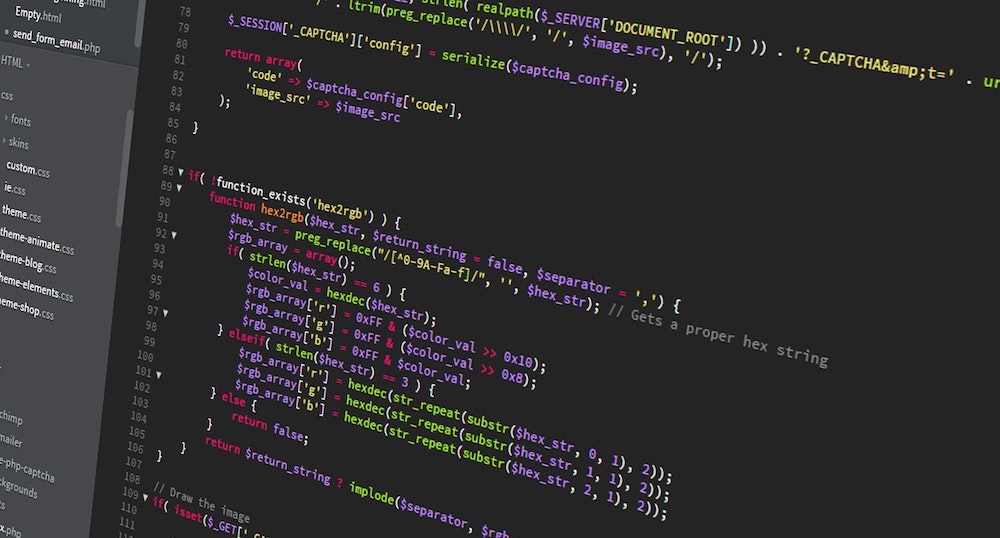ChatGPT for Translation: Revolutionizing the Language Industry
Unlock the power of ChatGPT for translation – revolutionizing the language industry with accuracy, efficiency, and versatility.
The rise of artificial intelligence (AI) and natural language processing (NLP) has transformed the language industry. ChatGPT, a language model based on the GPT-3.5 architecture, is at the forefront of this revolution. In this article, we will explore how ChatGPT is changing the way we translate and communicate across languages.
What is ChatGPT?
ChatGPT is a large language model developed by OpenAI, one of the leading AI research organizations in the world. It is based on the GPT-3.5 architecture, which is an improved version of the GPT-3 language model that is capable of understanding and generating natural language text at an unprecedented level.
ChatGPT has been trained on a massive amount of text data, including books, articles, and websites. It has also been fine-tuned on specific tasks, such as language translation, text summarization, and question answering. This makes ChatGPT highly versatile and capable of performing a wide range of language-related tasks.
How ChatGPT is Changing Translation
Translation has traditionally been a labor-intensive and time-consuming process. Human translators have to read and understand the source text, and then use their knowledge of the target language to create an accurate translation. This process can take hours or even days depending on the length and complexity of the text.
ChatGPT is changing this by providing a more efficient and cost-effective way to translate. Its ability to understand and generate natural language text means that it can translate text from one language to another with a high degree of accuracy. ChatGPT can also translate in real-time, making it an ideal tool for communication across languages.
ChatGPT uses a process called machine translation, which involves training the language model on large amounts of bilingual data. This allows the model to learn how words and phrases are used in different languages and how they should be translated. When a user inputs text in one language, ChatGPT uses this knowledge to generate a translation in the target language.
The Benefits of ChatGPT for Translation
There are several benefits to using ChatGPT for translation, including:
Speed
ChatGPT can translate text in real-time, making it ideal for fast-paced communication across languages.
Accuracy
ChatGPT’s ability to understand and generate natural language text means that it can produce translations that are highly accurate.
Cost-effectiveness
ChatGPT is a cost-effective alternative to human translation, which can be expensive and time-consuming.
Versatility
ChatGPT can translate text in a wide range of languages, making it a versatile tool for communication and translation.
Consistency
ChatGPT produces consistent translations, which is important for maintaining brand voice and messaging across languages.
Applications of ChatGPT for Translation
ChatGPT’s capabilities extend beyond traditional translation services. Here are some of the ways that ChatGPT is being used for translation:
Multilingual Customer Support
ChatGPT can be used to provide multilingual customer support for businesses. It can translate customer inquiries in real-time, allowing businesses to respond quickly and effectively.
Language Learning
ChatGPT can be used to assist language learners by providing instant translations of text and speech. This can help learners to better understand the language they are studying.
Global Business Communication
ChatGPT can be used to facilitate communication between colleagues and partners who speak different languages. This can help to improve collaboration and increase productivity.
Content Localization
ChatGPT can be used to localize content for different markets. This includes translating marketing materials, product descriptions, and other content into multiple languages.
Website Localization
ChatGPT can be used to translate websites into multiple languages, making them accessible to a global audience. This is particularly useful for businesses looking to expand their reach and enter new markets.
Legal Translation
ChatGPT can also be used for legal translation, which requires a high degree of accuracy and precision. This includes translating contracts, patents, and other legal documents.

ChatGPT is revolutionizing the language industry by providing a more efficient and cost-effective way to translate text across languages.
ChatGPT vs. Human Translation
While ChatGPT offers many benefits for translation, it is important to note that it is not a replacement for human translators. Human translators bring a level of cultural and linguistic expertise that cannot be replicated by a machine. They can understand and interpret nuances in language that a machine may miss.
However, ChatGPT can be used in conjunction with human translators to improve efficiency and reduce costs. For example, a human translator can review and edit a machine-generated translation to ensure accuracy and cultural sensitivity.
Additionally, ChatGPT can be used for tasks that are not feasible for human translators, such as real-time communication and large-scale content localization.
How to Use ChatGPT for Translation
Using ChatGPT for translation is a simple and straightforward process. Here are the steps to follow:
Choose the input and output languages
ChatGPT can translate between many different languages. Choose the input language and the target language for your translation.
Input the text to be translated
Input the text you want to translate into ChatGPT. This can be done through a web interface, an API, or a chatbot.
Review and edit the translation
ChatGPT will generate a translation based on the input text. Review the translation for accuracy and edit as needed.
Use the translated text
Once the translation is complete, use it for your intended purpose, such as customer support, marketing materials, or website localization.
ChatGPT is revolutionizing the language industry by providing a more efficient and cost-effective way to translate text across languages. Its ability to understand and generate natural language text makes it a highly accurate tool for translation. Additionally, its versatility and real-time capabilities make it useful for a wide range of language-related tasks.
While ChatGPT is not a replacement for human translators, it can be used in conjunction with them to improve efficiency and reduce costs. As the language industry continues to evolve, ChatGPT is poised to play an increasingly important role in facilitating communication and translation across languages.
- The 19 Best Greek Restaurants in Chicago - June 22, 2023
- Oceangate CEO Stockton Rush: Driving Innovation at OceanGate - June 22, 2023
- Midjourney: Generative AI Image Generator - June 21, 2023


